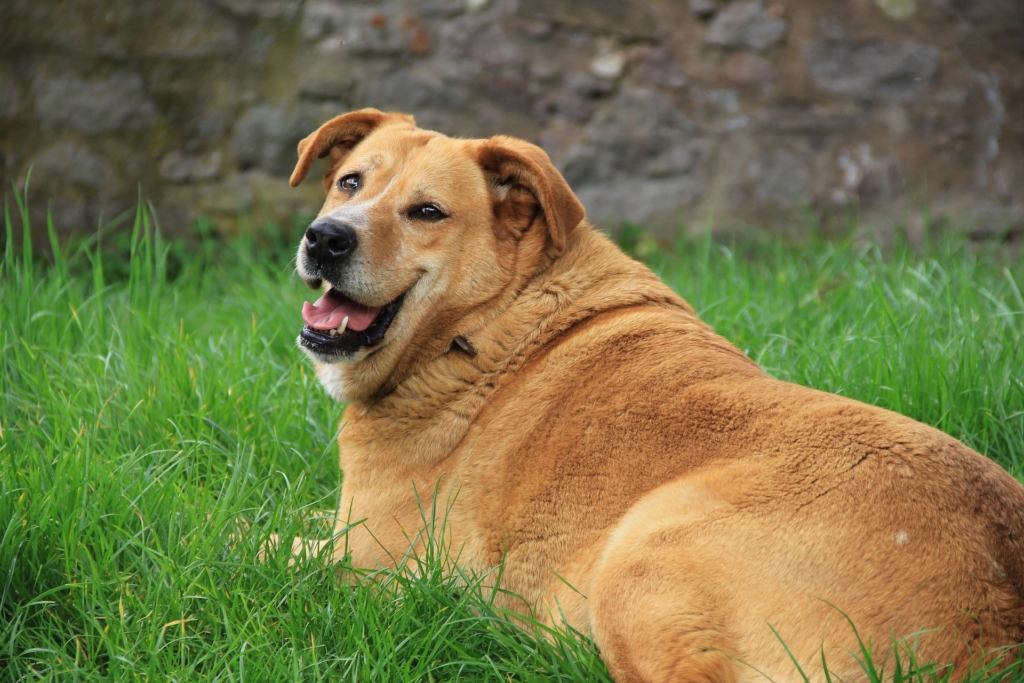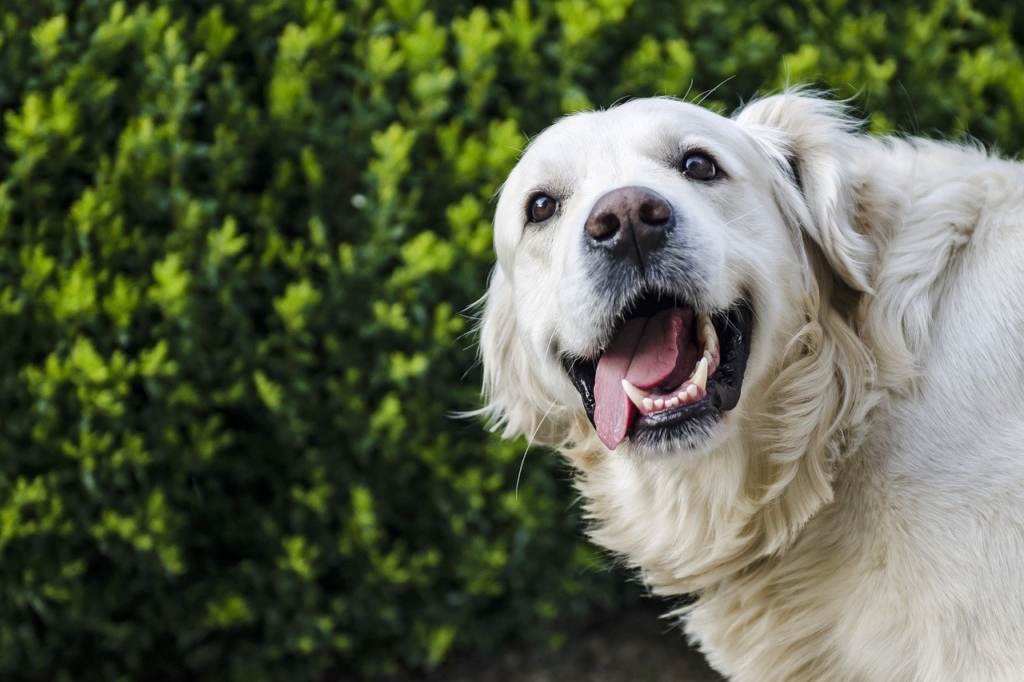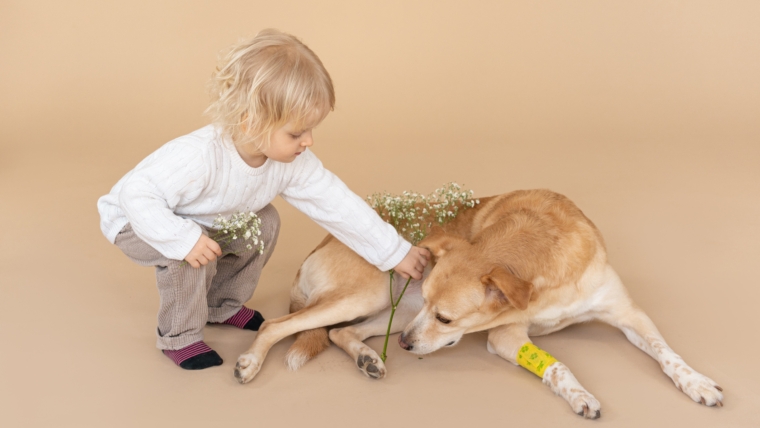
Most of the time, it’s a pleasure to share interests with our dogs, such as hiking, beach walks, or nice cuddling time on the couch. Unfortunately, we have terrible habits in common, and it turns out that our dogs are just as prone to obesity as we are.
A few additional kilograms on your dog can have major health consequences, placing your dog at risk for a variety of diseases and disorders, as well as a shorter lifespan. Weight gain can have a negative influence on your dog’s quality of life by limiting his movement, stamina for play, and overall mood.
The good news is that you’re on the correct route to solving the problem if you’re wondering how to help your dog. In this article, we’ll look at the most efficient ways to help a dog lose weight, as well as provide you with all the information you need to have your dog healthy and active in no time.
What to do if Your Dog is Obese
1. Cut Down Portions and Calorie Intake
As you might expect, figuring out how to persuade your dog to lose weight is comparable to working out how to lose weight yourself. In the end, a large part of a dog’s weight loss is determined by his or her food intake. Controlling and limiting the number of calories consumed by your dog can assist them in losing weight at a healthy and consistent rate. A little dog weighing 4.5 KG can gain 0.4 KG of weight in a year by eating 10 more pieces of kibble per day.
At mealtimes, try using a measuring cup. You can continue to feed your dog at regular times, but you can assist your dog to lose weight without resorting to harsh measures by measuring and reducing the amount of food you supply. Consult a local veterinarian or use an online dog calorie calculator to determine how many daily calories your dog should ingest.
2. Keep Your Dog Active
When it comes to helping your overweight dog stay healthy, exercise is just as important as it is for humans. Increasing your dog’s activity allows him to expend more energy (and calories consumed). Don’t be alarmed! Running marathons or going on long walks aren’t the only ways to keep your pet fit. Regular walks and the opportunity to run and play off-leash in a secure location, or creating a dynamic indoor environment that encourages your dog to move around more will also assist in your dog’s weight loss journey.
Remember that different breeds require varying levels of exercise, so ask your vet for advice on how much activity is recommended for your dog.
3. Limit Table Scraps and Treats
Many of us give away too many snacks and table scraps even when our pets don’t beg. We don’t have to feed our dogs everything we eat! To help you keep them to a minimum, think of treats and scraps for your pet as you would candy for children. If you use snacks to train, choose low-calorie, low-fat products and keep the amount to a minimum. As an alternative, keep in mind that clickers are a terrific way to reinforce behavior…plus they have no calories!
After all, for dogs, who are considerably smaller than we are, a few more kilos can make a tremendous difference. (Even the hulking breeds!) So, focus on maintaining a healthy diet and resist the temptation to “reward” them with extra.
4. Help your Dog Feel Fuller
Your dog can add bulk without calories if he or she has consumed its daily calorie allowance and you believe they are still hungry. Divide a meal’s worth of dry food in half and soak one half in water for thirty minutes, allowing it to absorb water and expand. Then combine the dry and wet ingredients and serve. The inflated kibble will take up more space in your dog’s stomach, giving him the impression that he has eaten more.
You can also incorporate high-fiber, low-calorie ingredients into your dog’s regular diet. Unsalted green beans (uncooked fresh or frozen beans are good; canned beans should be rinsed well to eliminate salt); lettuce or raw spinach; or canned pumpkin are some meals that perform well.
5. Keep it Consistent and Fun!
Like a pet, like a human! Consistency is crucial in our dogs’ worlds, as it is in ours. According to studies, nearly half of all canines regained weight after losing weight successfully. The good news is that researchers discovered that putting dogs on a weight-loss diet after they reached their target weight dramatically prevented rebound weight gain. So, now that you’ve put in the effort and found a new formula that works, stick with it!
Considering dogs are such playful animals, you should also take advantage of this when figuring out how to encourage a dog to lose weight consistently. If your dog is a hunting breed, retrieve games, especially in the water, are ideal. You can use puzzle toys to excite the senses of scent-tracking dogs, and pulling games frequently elicit a lot of enthusiasm from terriers.
What counts most when learning how to assist a dog to lose weight, regardless of which games work best, is that you’re both having fun. It’s more likely that you’ll achieve your goal with consistency if your dog is interested and energetic in the exercise.
The Takeaway

- Aim for modest weight loss, and expect it to take many months to see meaningful results. The goal would be a weekly weight loss of 1% to 2% of the initial weight.
- Maintain your pet’s weight loss by sticking to what you know once you’ve achieved success.
- Avoiding between-meal snacks and desserts, regular exercise, and portion management are all good ideas.
- For long-term weight management, it’s critical to instill healthy-dog habits in the entire family.
- When it comes to your dog’s nutrition and potential weight-loss strategy, consult your veterinarian for advice.

